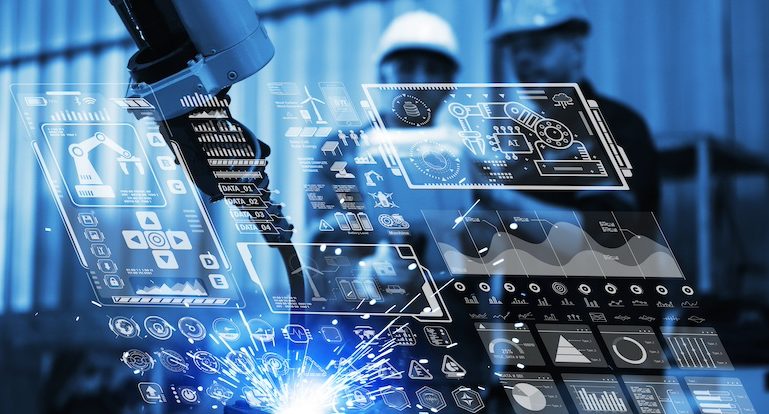From Industry 4.0 to Industry 5.0: A Smarter, More Human-Centric Evolution
Industrial automation is entering a new era where intelligence, adaptability, and human collaboration take center stage. While Industry 4.0 focused on digital transformation and interconnectivity, Industry 5.0 integrates human creativity with AI-driven precision to achieve sustainable, resilient, and human-centered manufacturing.
Edge AI: Real-Time Intelligence at the Operational Frontier
Edge AI is redefining industrial control by enabling ultra-low-latency analytics and decision-making directly at the edge of production lines. This shift allows for predictive maintenance, immediate fault detection, and process optimization—dramatically reducing downtime and enhancing productivity.
AIoT: Connecting Intelligence Across the Industrial Ecosystem
The convergence of Artificial Intelligence and the Internet of Things (AIoT) empowers seamless data flow between sensors, machines, and cloud platforms. This interconnected framework delivers real-time visibility and enables data-driven decisions that enhance efficiency and operational transparency.
Machine Vision and Autonomous Systems: Redefining Quality Control
Advanced machine vision and autonomous robotic systems are transforming quality assurance. By leveraging AI-based image analysis, manufacturers can detect defects earlier, ensure consistent quality, and reduce waste—paving the way for smarter, self-correcting production environments.
Cybersecurity Resilience: Securing the Future of Automation
As connectivity increases, so do cybersecurity challenges. Adhering to IEC 62443 standards and secure-by-design principles ensures that automation systems remain resilient against evolving threats, protecting both operational integrity and intellectual property.
Edge Computing: Driving Efficiency and Sustainability
Edge computing plays a pivotal role in minimizing latency and energy consumption. By processing data locally, industries can reduce network loads, lower operational costs, and enable faster responses—supporting sustainability goals and operational excellence.
Emerging Applications in Smart Manufacturing
From autonomous mobile robots (AMRs) and automated guided vehicles (AGVs) to adaptive production lines, smart manufacturing demonstrates the tangible benefits of intelligent automation. These technologies increase flexibility, productivity, and energy efficiency across sectors.
Addressing Labor Shortages with Intelligent Systems
With industrial environments facing labor shortages and harsh conditions, adaptive automation systems powered by AI offer a solution. They enhance worker safety, extend equipment life, and ensure consistent performance under demanding conditions.
5G and TSN: The Next Frontier of Industrial Connectivity
The integration of 5G networks and Time-Sensitive Networking (TSN) unlocks unprecedented levels of speed, reliability, and synchronization in industrial communications—critical for real-time control, robotics, and collaborative automation systems.
The Future: Integrating Human Expertise, AI, and Sustainability
As Industry 5.0 unfolds, the harmony between human ingenuity, AI intelligence, and sustainable design will define industrial success. Future-ready automation systems will not only boost productivity but also foster collaboration, creativity, and environmental responsibility.


